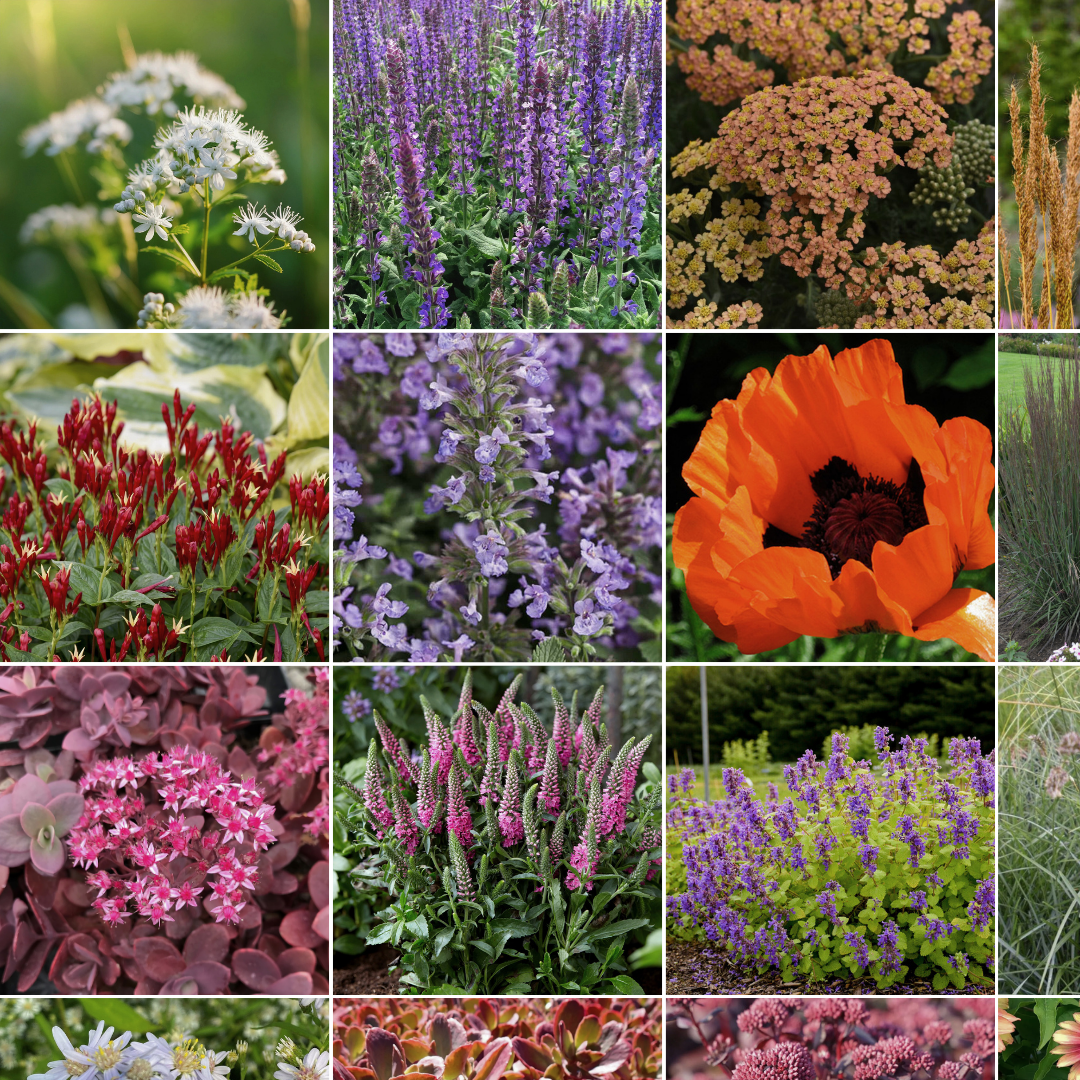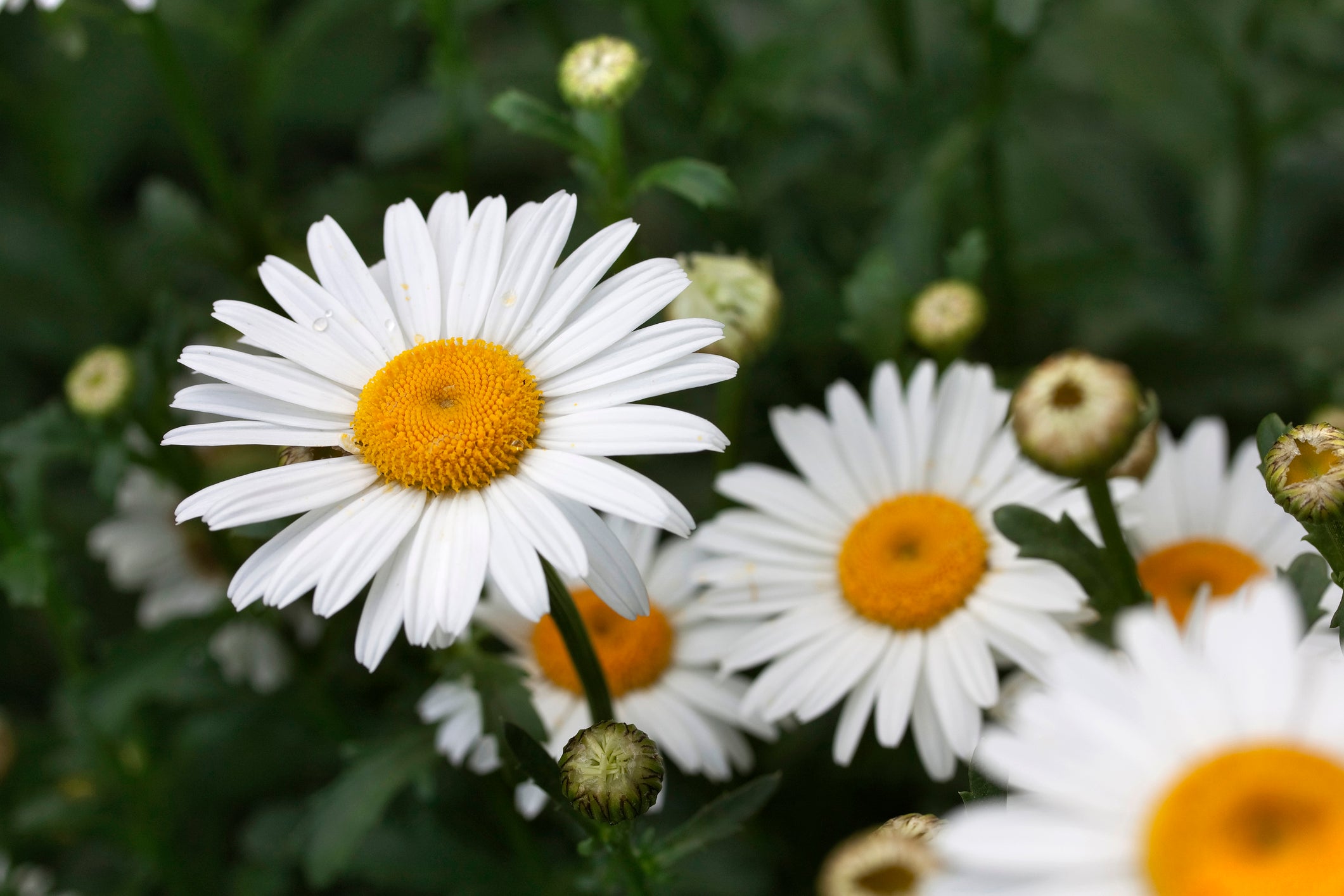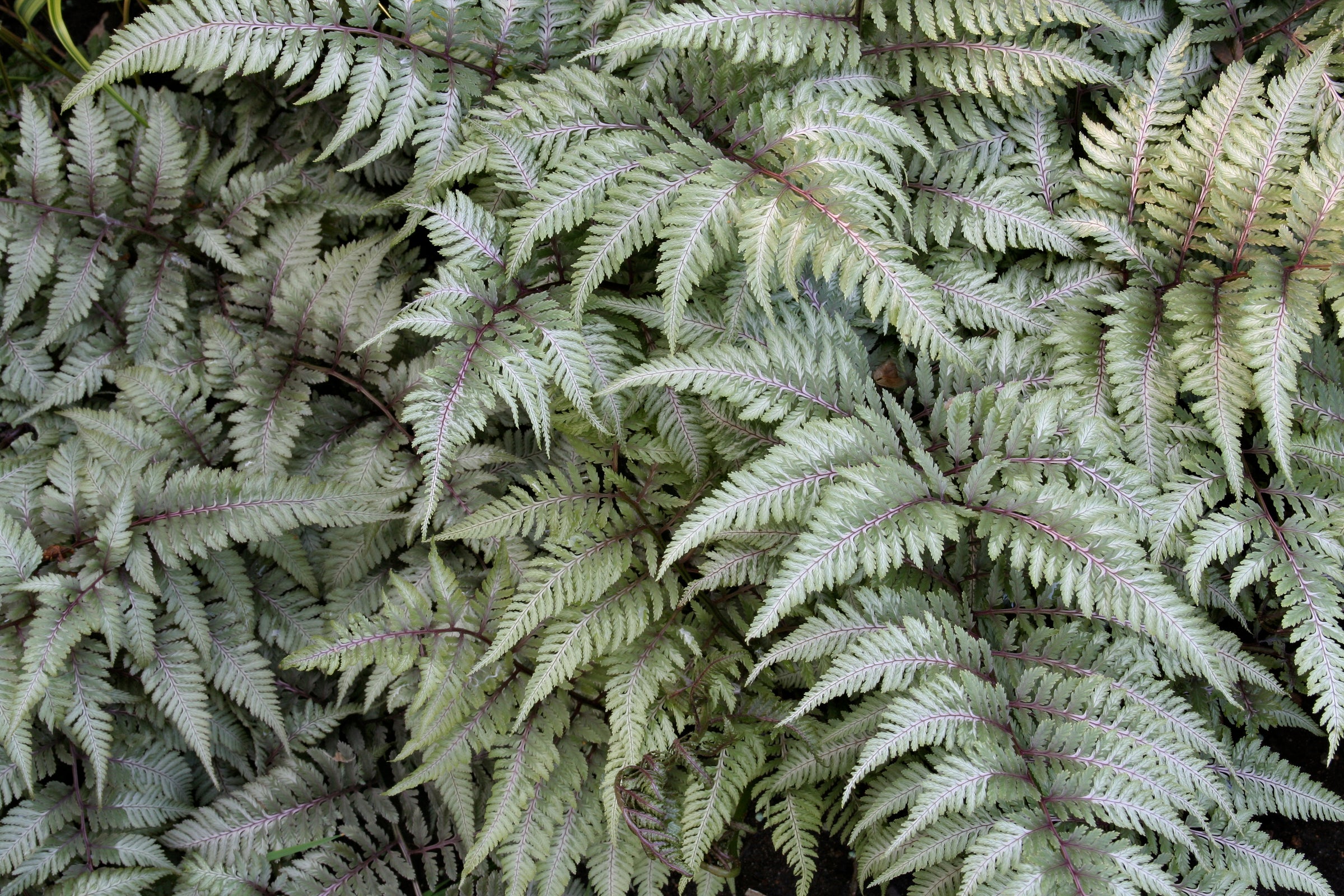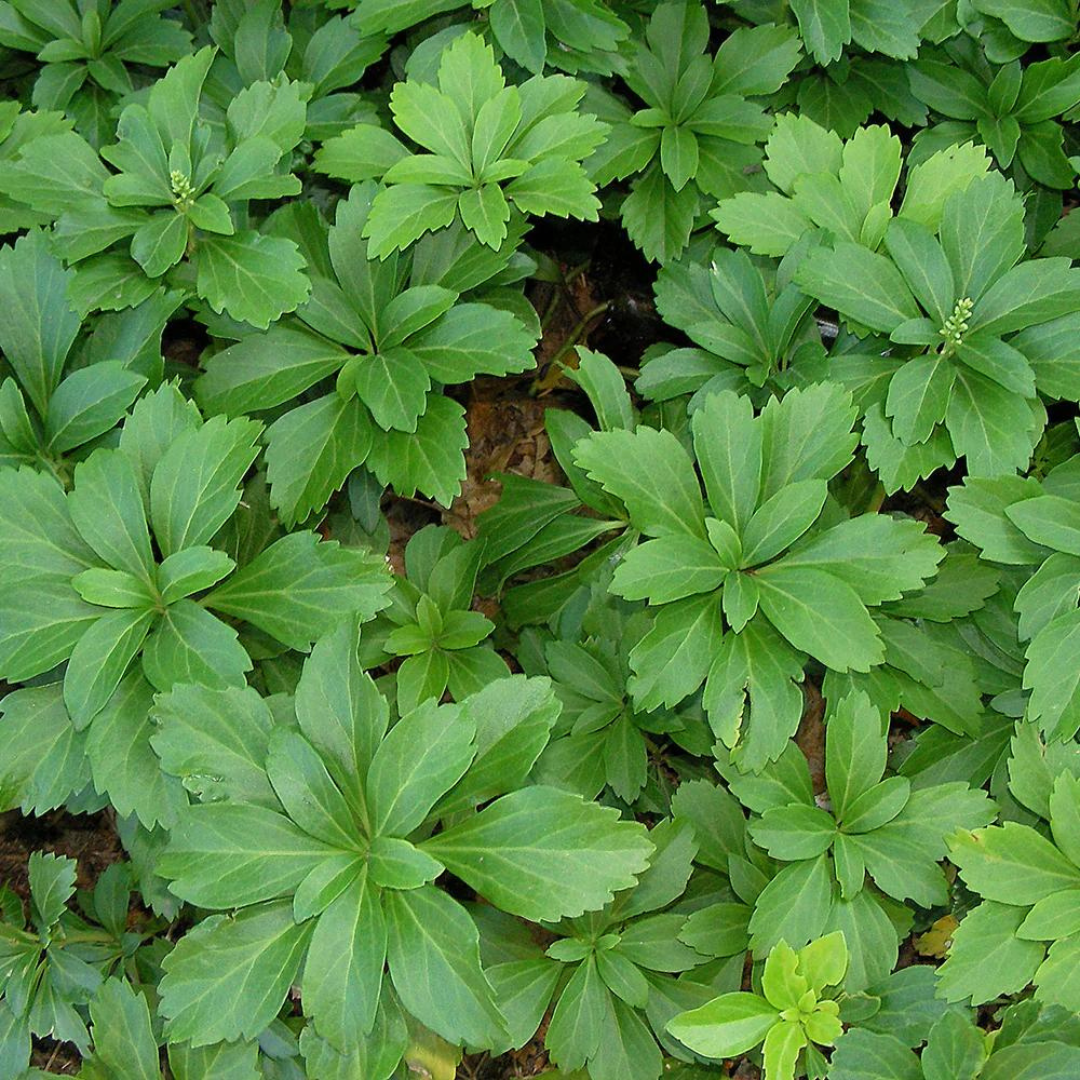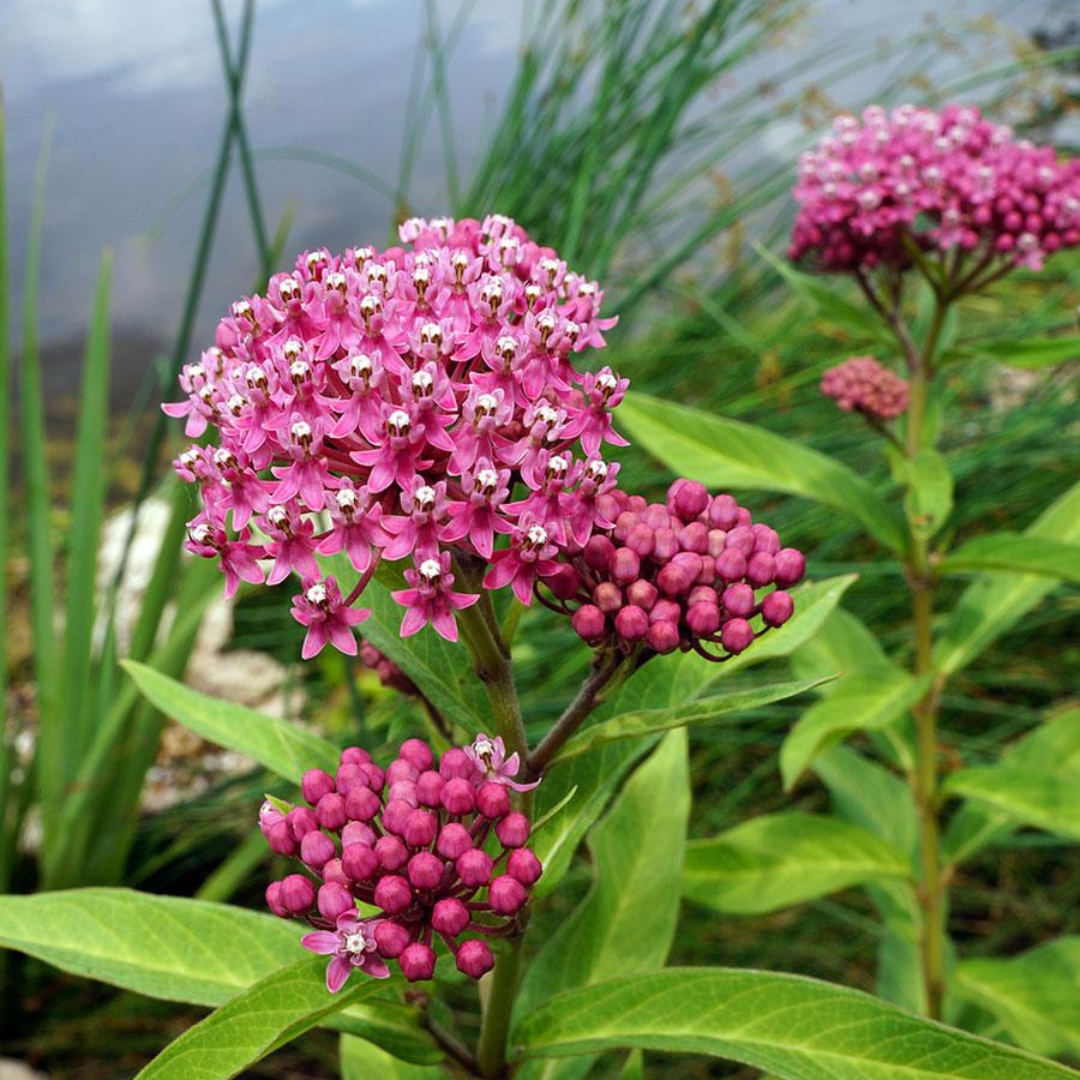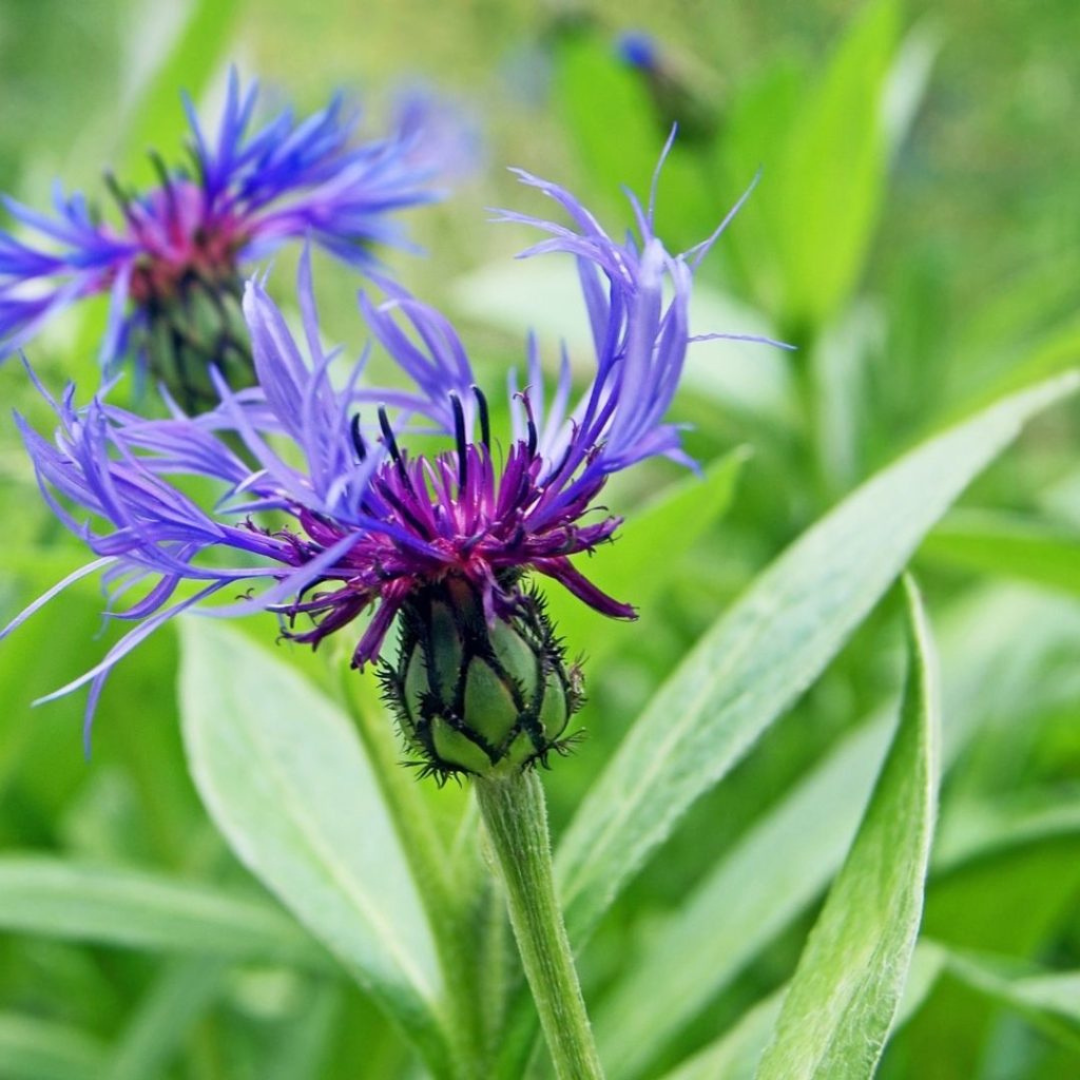
Centaurea montana
Add to Wishlist Full Sun
Full Sun
 Drought Tolerant
Drought Tolerant
 Deer Resistant
Deer Resistant
 Pollinator Friendly
Pollinator Friendly
- In stock, ready to ship
- Backordered, shipping soon
Centaurea montana: Mountain Bluet’s Wild Elegance
Tough yet undeniably beautiful, Centaurea montana brings a burst of true blue to the late spring garden with its fringed, cornflower-like blooms and silvery, softly hairy foliage. Each flower is a vivid blue star with a dark violet centre, held aloft on sturdy stems above a spreading clump of foliage. Blooming early and reliably, this mountain native is a favourite of bees and butterflies and thrives in well-drained, sunny spots with minimal fuss.
Plant Characteristics:
- Height: 30–45 cm
- Spread: 45–60 cm, forming a loose, spreading clump
- Flower Colour: Intense blue with dark violet centres
- Flowering Period: Late spring to early summer
- Foliage: Lance-shaped, grey-green leaves with a soft, downy texture
- Sunlight Requirements: Full sun
- Soil Requirements: Well-drained, average to poor soil; drought-tolerant once established
Uses and Benefits: Centaurea montana adds early colour and a relaxed, naturalistic feel to sunny borders, slopes, and cottage-style gardens. Its vivid blue flowers provide a striking contrast to both cool- and warm-toned companions, and its tough constitution makes it an excellent candidate for water-wise plantings. While it gently spreads, it remains easy to control and divide, returning reliably year after year.
Companion Plants: Contrast the bright blue blooms with the crisp white of Papaver orientale 'Royal Wedding', the compact violet spires of Salvia 'April Night', and the fine-textured, waving blades of Bouteloua gracilis for a sun-soaked, pollinator-friendly composition with movement and bold colour play.
Care Instructions: Plant in full sun with well-drained soil. Water during prolonged drought, but otherwise needs little irrigation. Deadhead after flowering to encourage a tidy appearance and possible rebloom. Cut back foliage in late summer if it becomes ragged, and divide clumps every few years in early spring.
History: Native to the mountainous regions of central and southern Europe, Centaurea montana has long been grown in cottage gardens for its early bloom and striking colour. It is one of the earliest perennial cornflowers to flower and remains a staple in traditional and naturalistic planting schemes alike.
Final Thoughts: With rugged roots and brilliant blue blooms, Centaurea montana bridges the gap between wildflower charm and cultivated colour—bringing pollinators and poetry to the late spring garden.


